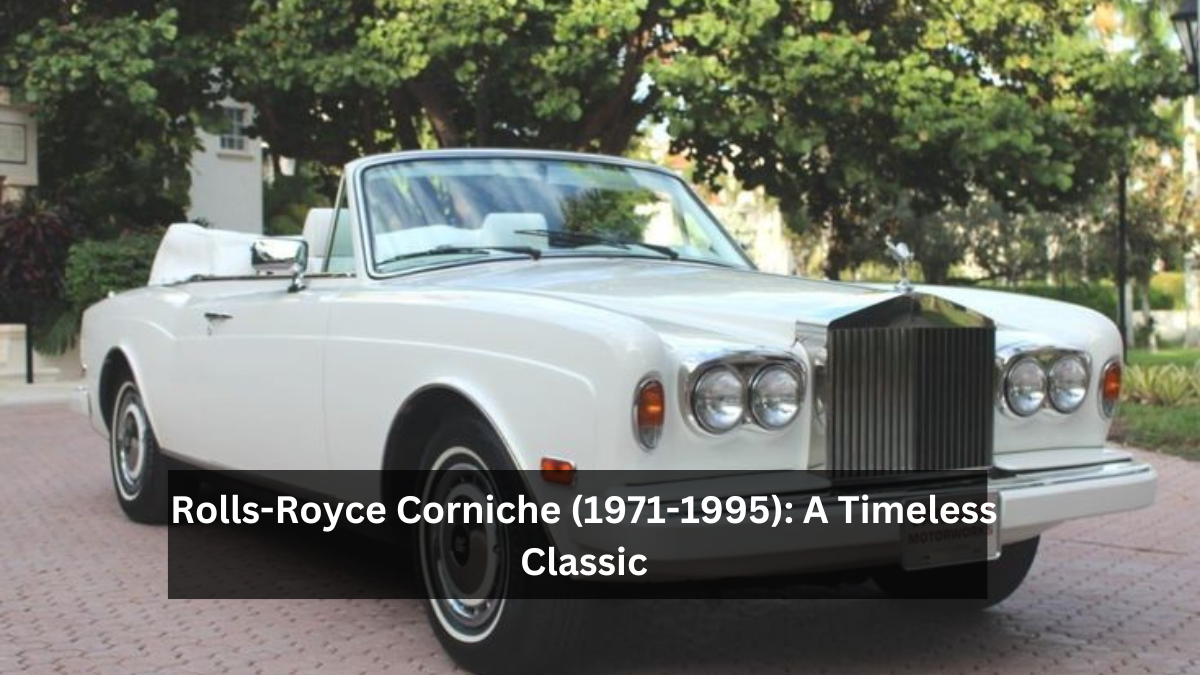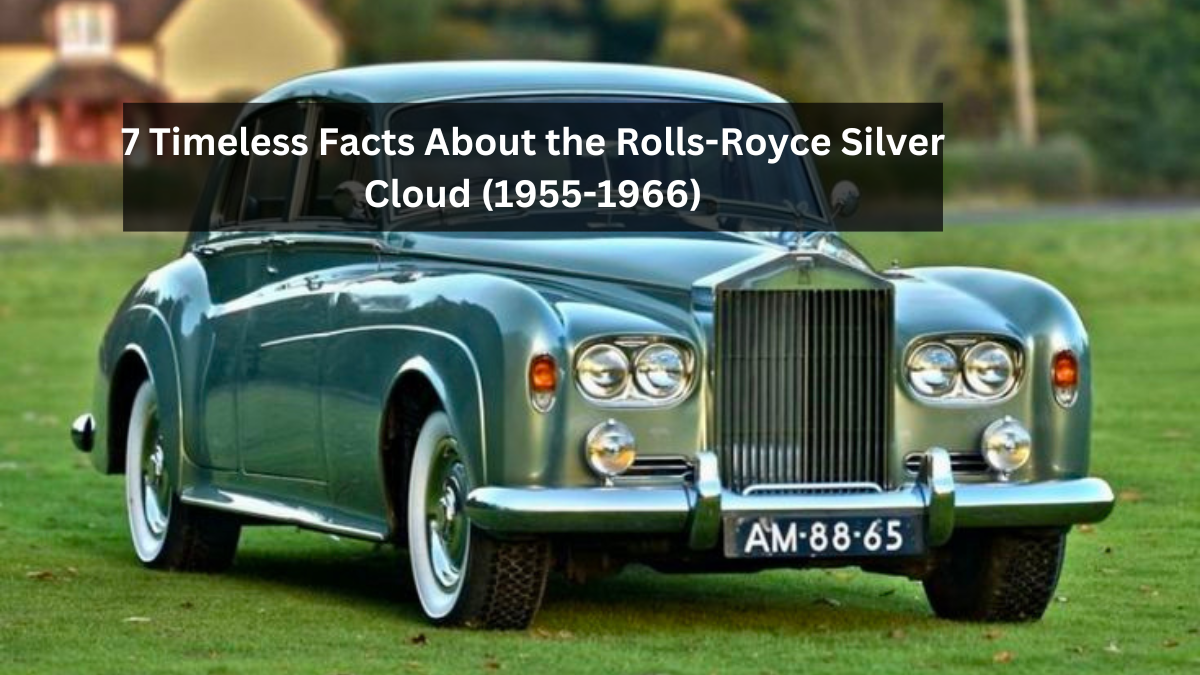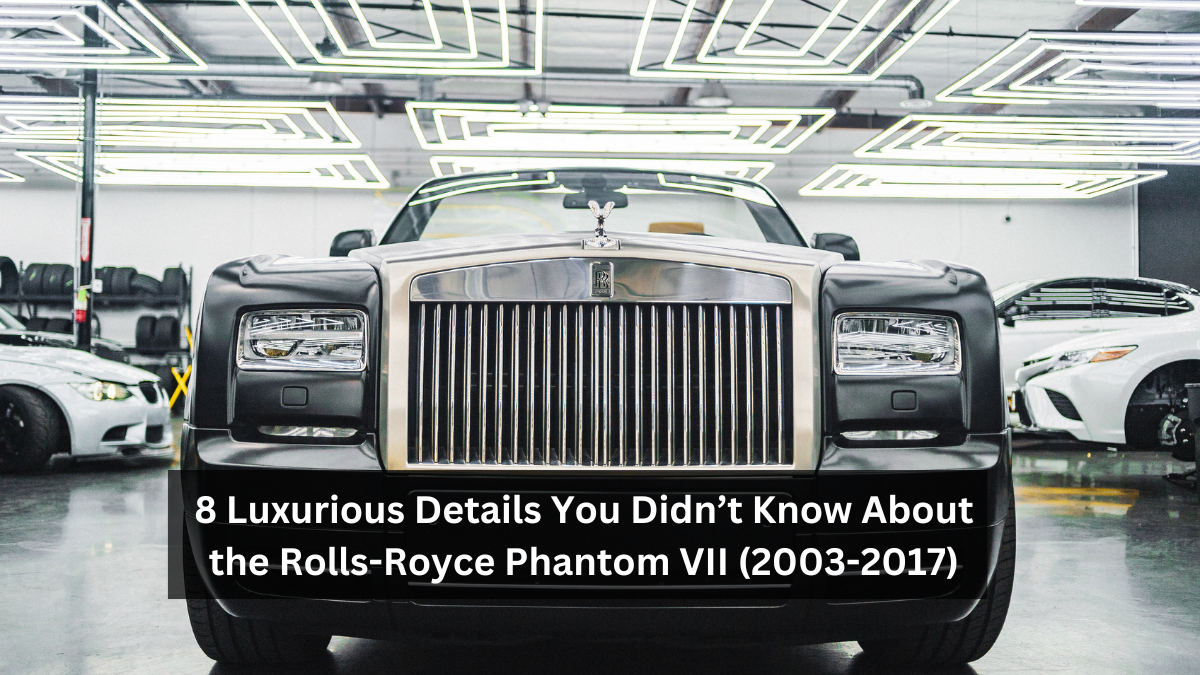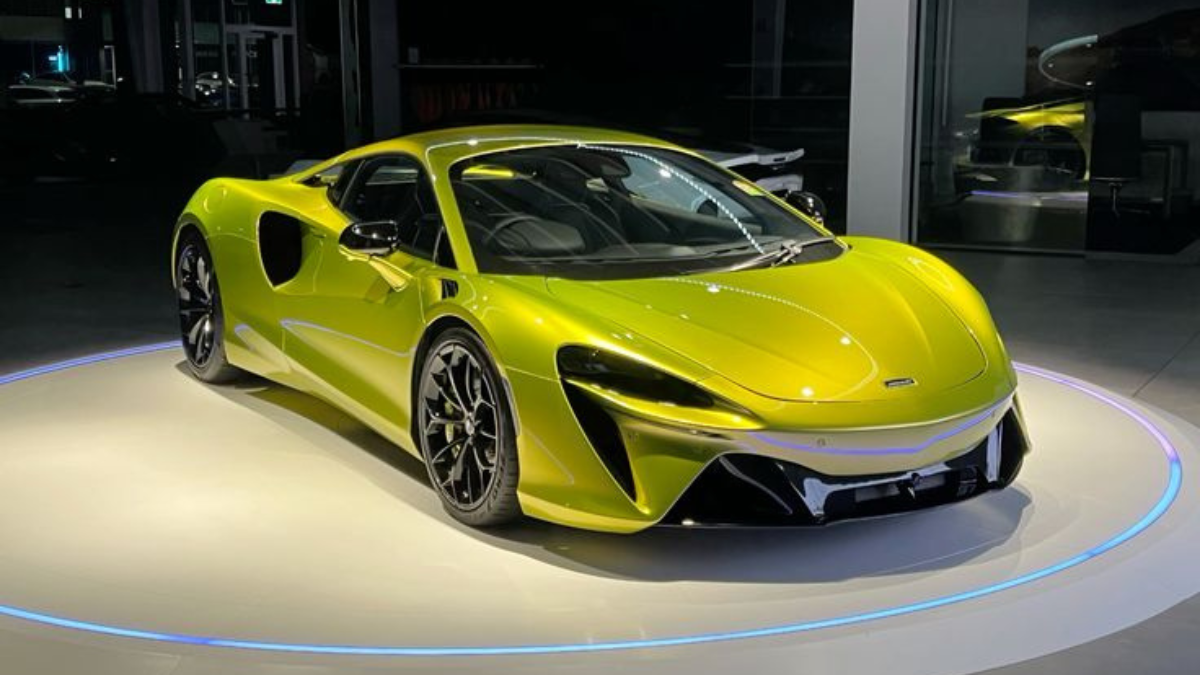The Rolls-Royce Corniche, which was manufactured between 1971 and 1995, is the pinnacle of elegance and luxury in the history of cars. The Corniche became a symbol of luxury, status, and style for more than 20 years thanks to its elegant design, finely made detailing, and exceptional performance. We will delve into the intriguing history, characteristics, and ongoing attraction of the Corniche in this essay.
A Glance at the Origins
The Rolls-Royce Corniche’s backstory starts in the middle of the 1960s. The groundbreaking unibody architecture and independent suspension of the Rolls-Royce Silver Shadow served as its foundation. However, with its combination of performance and open-top driving, the Corniche was meant to be a more intimate and private vehicle.
The model was named after the scenic coastal roads of France, the “Corniches,” which wind along cliffs overlooking the Mediterranean Sea. The name evoked a sense of leisure and grandeur, perfectly aligning with the Corniche’s intended image as a grand tourer.
Read More – 7 Timeless Facts About the Rolls-Royce Silver Cloud (1955-1966)
First Generation (1971-1987) The Rise of an Icon
Both a coupe and a convertible version of the Rolls-Royce Corniche were offered at its 1971 debut. The cars were hand-built by coachbuilder Mulliner Park Ward, showcasing the world-famous workmanship of Rolls-Royce. The Corniche’s more plush decor and focus on individual taste set it apart from the Silver Shadow right away.
Design and Aesthetics

The first-generation Corniche’s design was a masterpiece. The long bonnet, beautiful bodylines, and vertical grille exuded elegance, while the hand-finished wood and leather inside produced an air of opulence. Every inch of the car showed Rolls-Royce’s signature perfection and refinement.
Chrome accents, distinct wheel arches, and a powerful road presence made the Corniche a favorite among celebrities, dignitaries, and luxury car enthusiasts. The convertible variant, in particular, became an iconic status symbol, symbolizing freedom and luxury combined.
Engine and Performance
A 6.75-liter V8 engine that was known for its smooth operation and potent output powered the Corniche. It produced approximately 220 horsepower and was paired with a three-speed automatic transmission (later upgraded to a four-speed). Despite its size and weight, the Corniche had a smooth and polished ride, exemplifying the Rolls-Royce philosophy of carefree cruising.
Innovations such as the hydraulic suspension system, which had been introduced in the Silver Shadow, ensured that the Corniche glided over road imperfections with ease. Whether cruising along a coastal road or traveling through busy city streets, the Corniche provided unparalleled comfort.
Read More – 5 Unforgettable Features of the Rolls-Royce Phantom III (1936-1939)
Second Generation (1987-1995) Refinement and Modernization
The Corniche II, Rolls-Royce’s second generation of the Corniche, was unveiled in 1987. While the outward design remained essentially unchanged, minor changes were made to modernize the vehicle and improve its durability.
Enhanced Features and Technology
The Corniche II had better suspension, brakes, and electronic fuel injection. This made driving easier and more responsive. Rolls-Royce added additional wood veneers and richer leather to the Corniche II’s interior, providing unparalleled luxury.
By the late 1980s, air conditioning, power seats, and cruise control had become standard features, keeping the Corniche competitive with other luxury cars of the era. Additionally, the four-speed automatic transmission became standard, further improving the car’s refinement.
Corniche III and IV
As the 1990s approached, Rolls-Royce introduced the Corniche III in 1989 and the Corniche IV in 1992. These models introduced more contemporary features such as airbags, ABS, and modernized electronics while retaining the timeless aesthetic that had defined the Corniche.
The Corniche III and IV retained the same 6.75-liter V8 engine, but with increased torque due to fuel injection system advancements. While performance remained modest when compared to modern supercars, the Corniche was never about speed. It was about providing the most luxurious driving experience possible.
The Corniche’s Legacy A Car for the Elite
One of the most defining characteristics of the Rolls-Royce Corniche is its clientele. The car attracted a wide range of high-profile owners, including royalty, movie stars, and business tycoons. Figures like Frank Sinatra, Paul McCartney, and Elton John were often spotted driving Corniches, further cementing the car’s association with glamour and affluence.
Personalization and Bespoke Options
The Corniche was highly customizable, as is the case with all Rolls-Royce models. A diverse selection of wood trims, interior leather options, and paint colors was available to customers. The Corniche was transformed into a distinctive expression of personal style by a significant number of owners who opted for bespoke features.
This commitment to personalization made each Corniche a one-of-a-kind vehicle. Buyers were not simply purchasing a car; they were commissioning a work of art, handcrafted to their specifications.
The Corniche in Pop Culture
The Rolls-Royce Corniche was especially seen in movies, TV shows, and music videos across its production run. It was the ideal choice for presenting personalities of riches and refinement since of its obvious presence and grace. The car starred several well-known movies, thus ingrained in popular culture.
The End of an Era 1995 and Beyond
By the mid-1990s, the automotive landscape was changing, and Rolls-Royce recognized the need to update its model lineup. In 1995, after 25 years of production, the Corniche was discontinued, marking the end of an era.
Even after it was discontinued, the Corniche left a lasting legacy. Although Rolls-Royce briefly brought back the Corniche in 2000, this model, which was based on the Silver Seraph chassis, failed to become as famous as its predecessor.
The Corniche’s Enduring Appeal
Today, the Rolls-Royce Corniche remains a highly sought-after classic car. Its timeless design, luxurious features, and association with the golden age of motoring have ensured that it remains an enduring symbol of elegance. Well-preserved models often fetch high prices at auctions, and collectors prize them for their historical significance and craftsmanship.
Collectibility and Market Value

Owning a Rolls-Royce Corniche is like owning automotive history. The car, especially the convertible, is a collector’s item due to its restricted production. Collectors admire early 1970s models for their pristine design and hand-built craftsmanship.
The market value of a well-maintained Corniche has steadily increased over the years, with some pristine examples fetching six-figure sums. Collectors and enthusiasts view the Corniche not just as a car, but as an investment in a piece of luxury history.
Conclusion
The Rolls-Royce Corniche (1971–1995) is an emblem of elegance, style, and workmanship rather than merely a vehicle. Automobile aficionados all across continue to be enthralled with the Corniche’s classic style, flawless performance, and unrivaled attention to detail.
Its history as a symbol of wealth and sophistication continues to remind us of a time when driving a Rolls-Royce meant more than just getting from point A to point B—it meant experiencing the absolute best that motoring had to offer.





One Reply to “Rolls-Royce Corniche (1971-1995) A Timeless Classic”